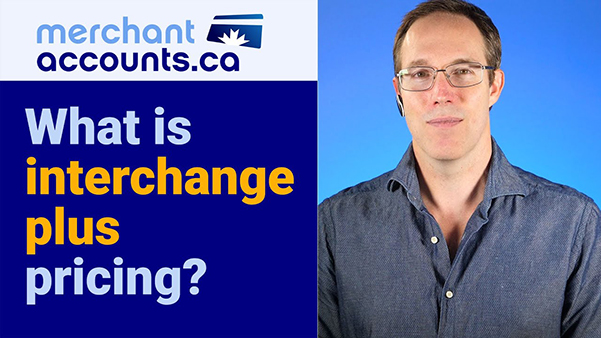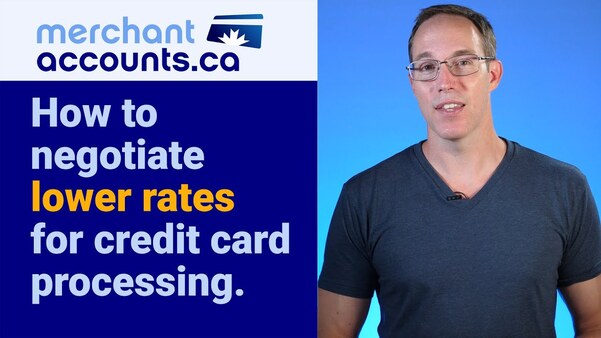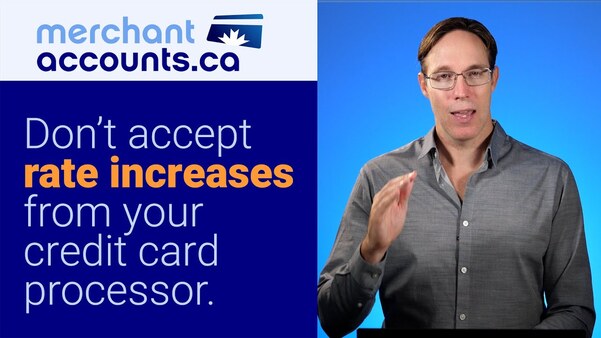October 10, 2023
by David Goodale
How To Lower the Cost of Shopify Payment Processing?
(Slightly edited from video transcript for greater readability)
Key Takeaways

Where Does Shopify Fit Into The Payment Processing Equation?
First, we must understand the components of an e-commerce transaction.
Every e-commerce transaction consists of 3 components.
- The shopping cart, which is Shopify.
- The payment gateway, which receives the technical transaction request. It's the programming thing that the shopping cart talks to, to ask for a payment to be processed.
- - The merchant account is a special bank account that lets you accept payments from credit cards. That's where the money goes.
Shopify, together with Shopify payments, provides all 3 items and is a complete solution. The challenge is that the Shopify payment processing costs may be higher than you can get elsewhere. Unfortunately, if you opt out of using Shopify payments you'll be charged extra percentage based fee on each transaction processed. This makes it very challenging for Shopify merchants to actually lower their payment processing costs.
What is chargeback risk and why does it matter from a processing costs perspective?
When you process a payment, one party is exposed to significant financial risk, and that's the merchant account provider.
The Visa and MasterCard rules state that if there's ever a dispute between a merchant and their customer, the cardholder is entitled to get their money back via the chargeback process. This could be for non-delivery, items not as described, service not rendered, et cetera.
In all those cases the payment processor, when the dispute comes through, has to put their own money back into a dispute reserve while they seek to get those funds back from the merchant. This takes us to the concept of chargeback risk, and is a hugely important element in understanding how payment processing is priced for merchants.

Merchant Risk (or Chargeback Risk) and Pricing
Why is a pricing related article all about chargebacks? Payment processors onboard chargeback risk (the risk of losses) for handling the money from every sale that each merchant processes. The shopping cart and payment gateway are not exposed to these risks. This means that the percentage based fee that is charged is the profit that offsets the chargeback risk that occurs each time a transaction is processed.
There is a relatively strong argument that the payment gateway and shopping cart software provider shouldn't be charging any percentage based fee of transactions processed. (Especially true if the merchant is already paying a subscription fee to receive access to the software platform).
That's not to say the practice is unfair or unreasonable; the point is to explain how merchant account providers (payment processors) accumulate chargeback risk, and earn percentage based fees for the payment processing service. With that knowledge you can make your own decision about what seems fair.
What Is the Shopify Fee For Using External Processing?
If you get your own dedicated merchant account, especially if you are a high volume merchant, the rate may be significantly lower than what you can get with Shopify payments. The problem is the extra 1.5% fee that Shopify charges if you process payments externally. This is essentially like a royalty or a gross dollar override on the volume processed by your business. This makes it almost impossible to reduce your processing costs, because no matter how good the new rate is, any savings are offset by the extra fee that Shopify charges you.
An equivalent example in the brick-and-mortar world could be a pizza shop. It would be like the landlord popping into the pizza shop to say "Hey, give me 1.5% off the top of all the pizzas that you sold this month". If you're paying rent already to the landlord, why should they get an override on your pizza sales? Similarly, if you pay a subscription fee to Shopify, why are you also giving them a percentage of your overall sales? Again, this isn't to say it's right or wrong, but it is something to consider, especially knowing that there are other shopping cart software platforms out there that don't take this approach.
What can you do?

Upgrade
Option One is to upgrade to a more expensive Shopify package, which can reduce the fee to 0.5%. It's worth noting that we also have some clients with historic Shopify accounts that were opened before Shopify started this pricing practice. They had been grandfathered in without this fee, but for the most part all most merchants can do is upgrade to a more expensive program.

Use a third-party platform to process the payments
The second option may be to use a third-party platform that takes over the Shopify checkout flow. There are some platforms that have been integrated into Shopify that can take over the checkout flow. Shopify would still power your website. However, when the customer clicks checkout, it brings up an overlay outside of Shopify. The transaction happens through that checkout funnel, outside of the Shopify ecosystem. After the transaction is processed the software makes a call back to Shopify to mark the item as a cash sale, which avoids the payment processing fee. We can't say if that's good or bad. It might be against Shopify's terms and conditions or terms of service with you, as a customer using the Shopify software platform. If you choose to go this route we strongly encourage you to do your research and review your terms of service with Shopify. Doing this is at your own risk. However, since it's such an expensive fee that Shopify charges it's probable that some merchants out there have found a way around it by implementing a solution along these lines.

Switch From Shopify
The cleanest option of all three is to migrate away from Shopify. However, this will require the largest amount of upfront work and effort.
On a recent episode of our podcast, we spoke to a company called Cart 2 Cart. They specialize in taking product data and moving it from one e-commerce shopping cart software platform to another. For example, from Shopify to Magento, or Shopify to WooCommerce. They make it easier to switch away from your existing shopping cart software platform. While it may be a challenge to switch there are options out there to make it a bit easier.
The only person that can decide if switching is worth it is you. If it's going to save you (for example) 1.5% per transaction, is it a good value? This will likely become more compelling to consider as your transaction volumes grow.
Conclusion
Ultimately, if you choose to use Shopify, you're agreeing to all of the things that make up their service. This includes an extra cost that will be incurred if you don't use Shopify payments. It's worth noting that Shopify payments is often more expensive than you'd pay with a direct merchant account. In some cases this it may be a no-brainer to switch. In other cases Shopify may have such compelling features and ease of us that it's easily worth the costs.
If you'd like to get advice on how to switch to a different shopping cart reach out to us at Merchant-Accounts.ca. I hope this was helpful. Thanks for watching and have a nice day. Bye now.
Need professional guidance?
Contact us for a free one hour consultation.
Can I Help Lower Your Processing Fees?
If you found this content helpful, will you give me the opportunity to quote on your business?
View Rates











